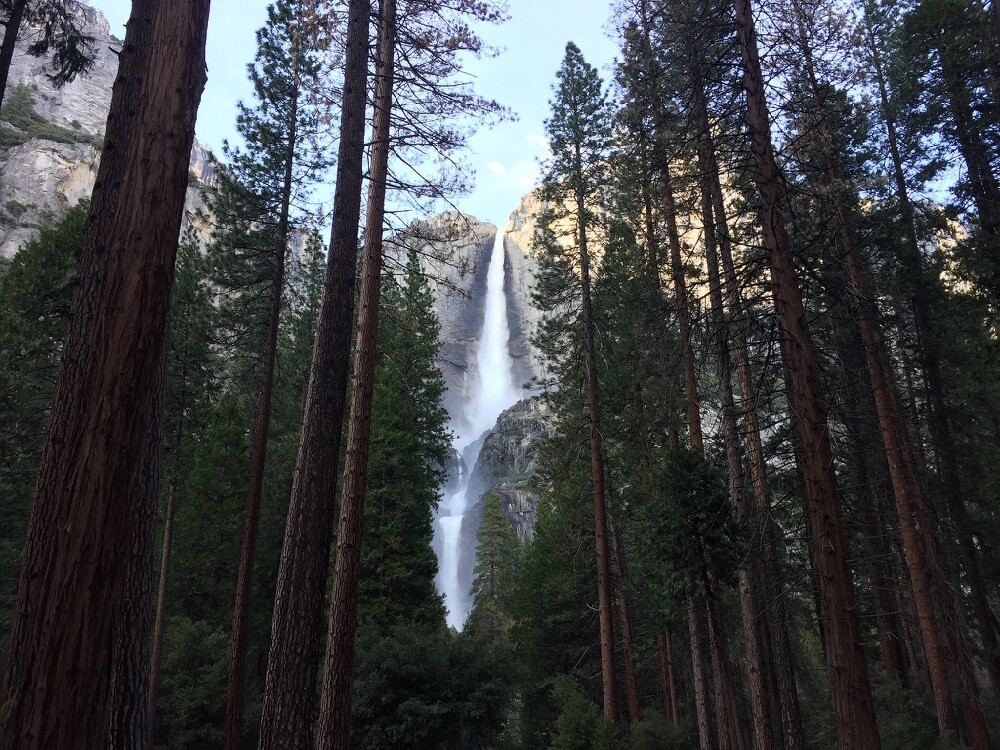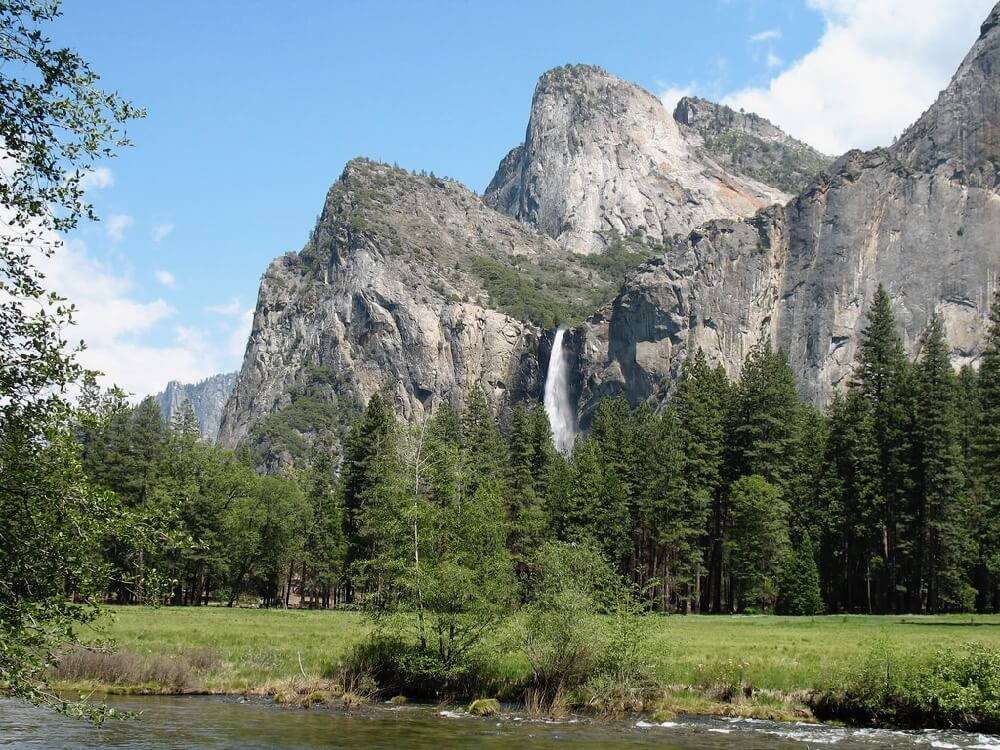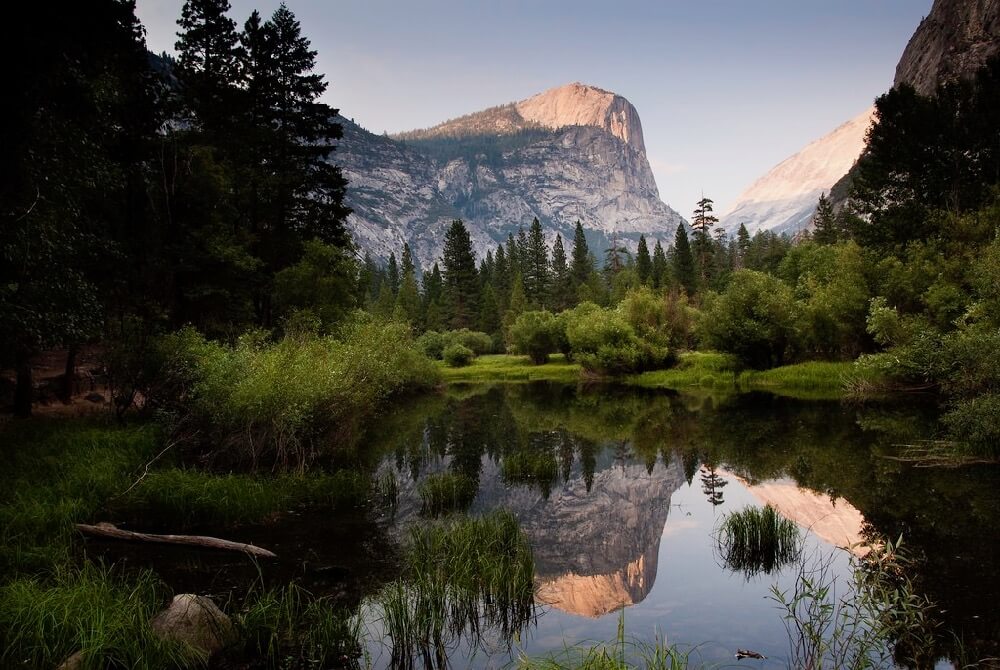Yosemite National Park is the epitome of the great outdoor experience with exceptional valley views, beautiful granite rock, and pristine waterfalls and rivers. This diverse environment is a dream location for landscape and adventure photographers. Here are 10 Yosemite locations to take photos at on your next visit.
“But no temple made with hands can compare with Yosemite. Every rock in its wall seems to glow with life.” –John Muir
Yosemite Falls
Yosemite Falls is generally considered the highest waterfall in North America and one of the largest in the world. If you’re able to visit the falls during the months of March or April, you’ll see and hear it in its full glory because of the spring snow melt.
Michael Costa – Yosemite Falls
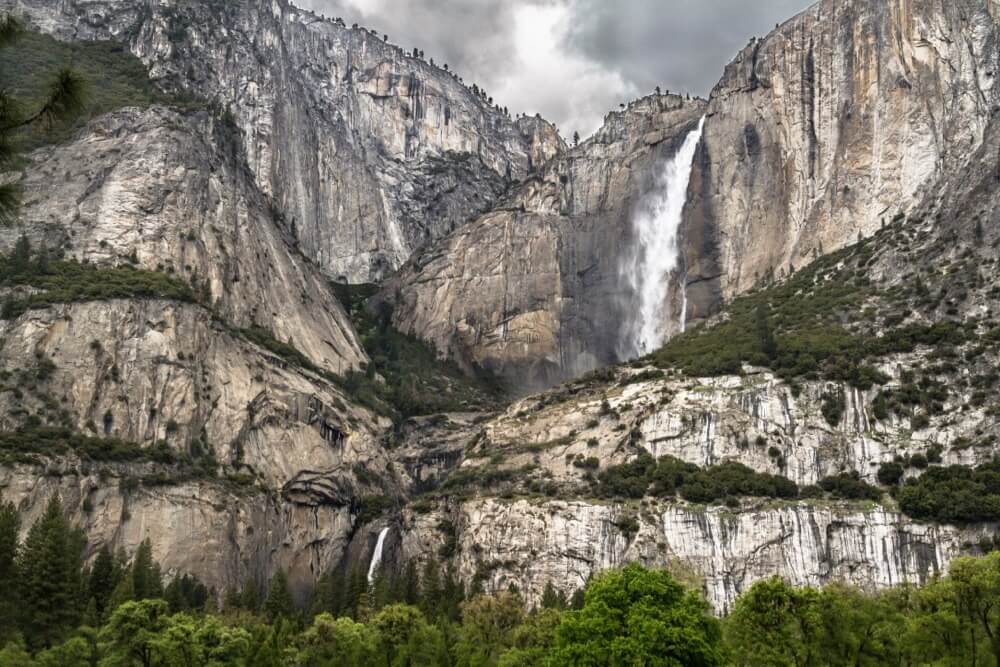
Half Dome
Yosemite’s most popular rock formation, Half Dome, is the famous backdrop for Yosemite. This gorgeous dome of granite rises more than 4,700 feet above the valley floor, making it an exceptional photo spot whether you’re standing at its base, hiking to the top for panoramic views, or viewing it from afar.
edward stojakovic – Yosemite Half Dome

Nemanja Pantelic – Half Dome sunset
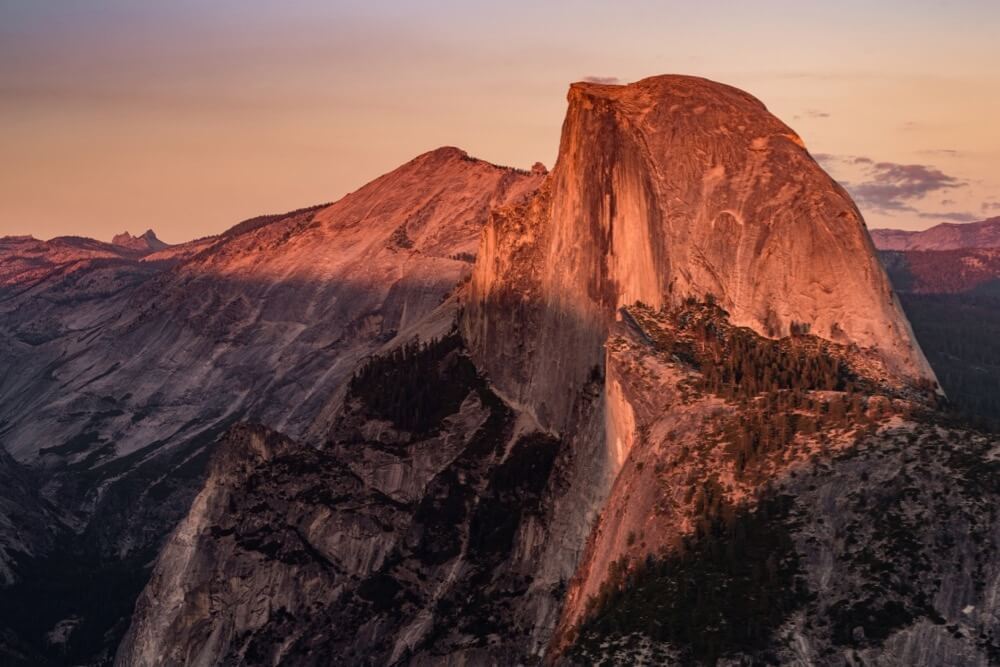
Tuolumne Meadows
This section of Yosemite sits along the Tuolumne River and is one of the largest high-elevation meadows in the Sierra Nevada and home to a variety of wild plant and tree species. The river flows over a granite river bottom and winds peacefully through the meadow, and with a backdrop of jagged mountain peaks and glacier carved domes, Tuolumne Meadows is an outstanding location to visit to take pictures.
Don Graham – Tuolumne Meadows, Yosemite High Country

Bala Sivakumar – Tuolumne Meadows

El Capitan
El Capitan has around 3,000 vertical feet of sheer granite and is a picturesque muse for photographers. Capturing the landmark from Tunnel View will frame Yosemite Valley nicely with El Capitan on the left, Half Dome in the center, and Bridalveil Falls to the right. Or sit near its base in El Capitan Meadow for a stunning view upwards at the wall.
Roshan Vyas – Yosemite El Capitan
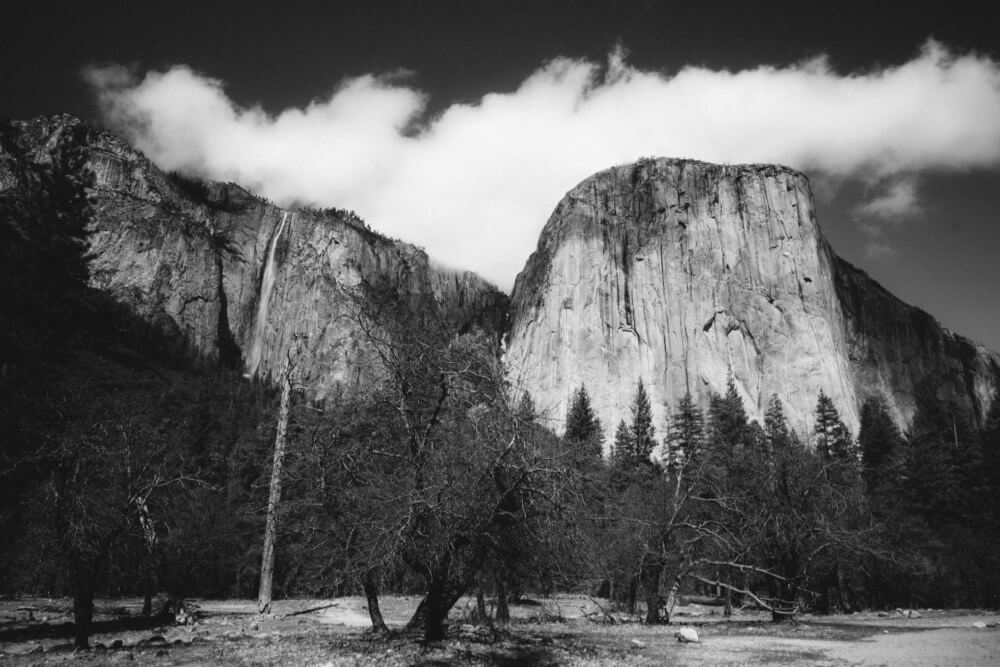
mtch3l – Sunrise at Tunnel View

Bridalveil Falls
Bridalveil Falls is the first waterfall you’ll see when entering Yosemite Valley. It flows all year and creates a wide range of moods for viewers to experience. The waterfall will glow softly with the setting sun or, in the spring months, will rage so powerfully with the snow melt that it can generate its own wind currents. At the base of the falls is a lush and shaded drainage that keeps Bridalveil Creek flowing with pristine water.
Abe Bingham – Bridalveil Falls
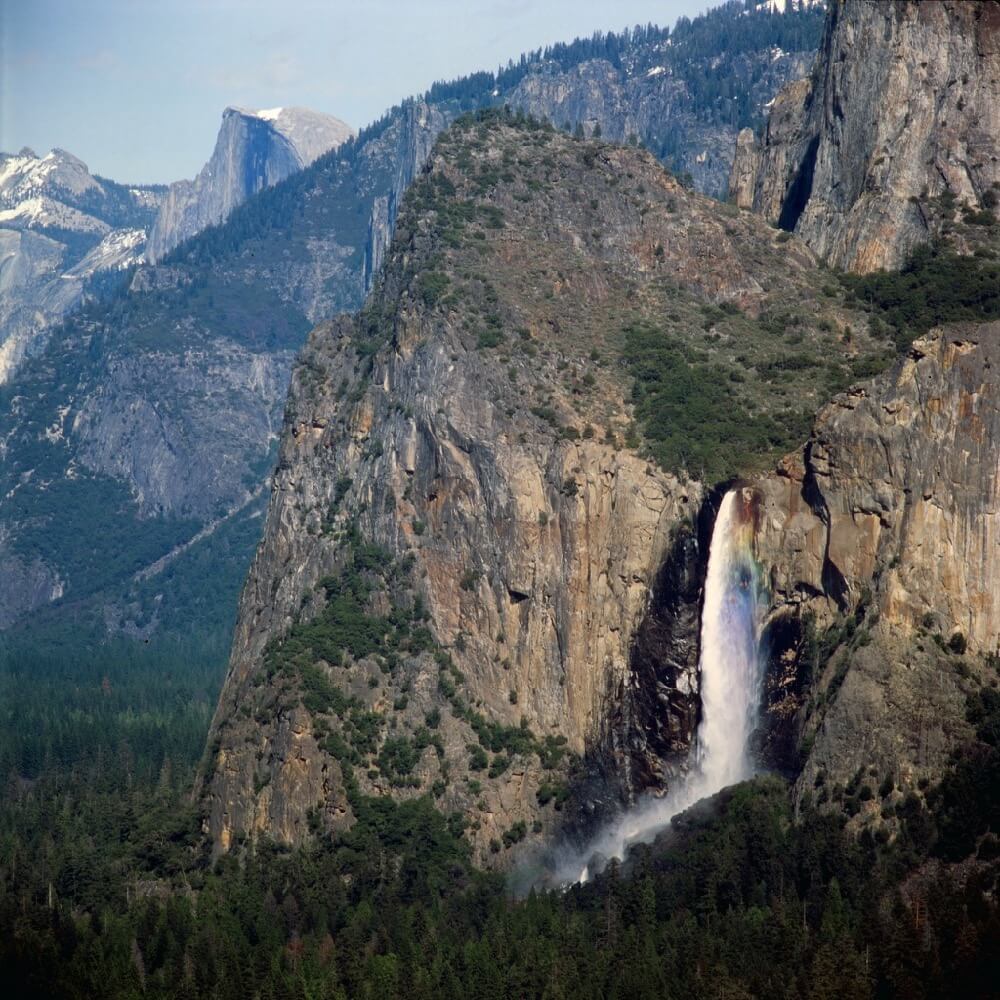
Cathedral Peak
Cathedral Peak is a gorgeous granite pinnacle in the Tuolumne Meadow area of Yosemite. It’s outstanding from all perspectives and has an expansive view from its summit, although you should be an experienced climber to attempt to get to the top.
Roy Luck – Cathedral Peak above Tuolumne Meadows

Vernal Fall
This 317-foot waterfall is situated on the Merced River just downstream of Nevada Falls. Vernal Fall is one of the most powerful waterfalls in Yosemite and you’ll get a great view by taking one of the many hiking trails to it.
Jim Trodel – Vernal Fall and Rainbow
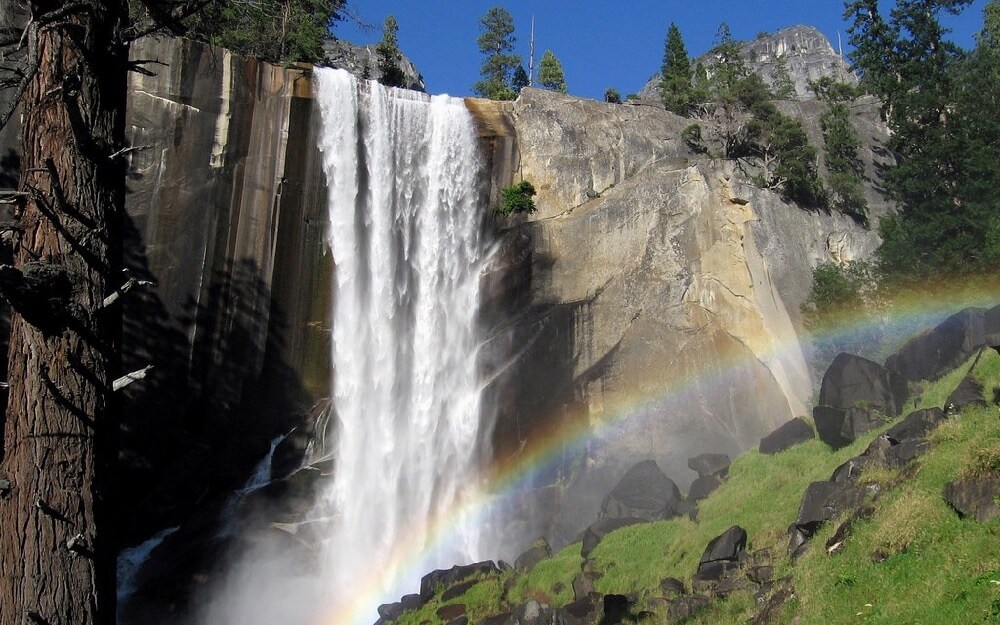
Mariposa Grove
The giant sequoia is one of the largest and oldest living things on earth. In Yosemite’s Mariposa Grove, you can walk among hundreds of sequoias that are more than 3,000 years old. While a photograph will be hard to justify how huge these trees are, capturing them amongst the evergreen trees that surround them will give a better understanding of how wide the sequoia tree trunks are.
Justin Vidamo – In the Land of the Giants, Giant Sequoias of the Yosemite National Park
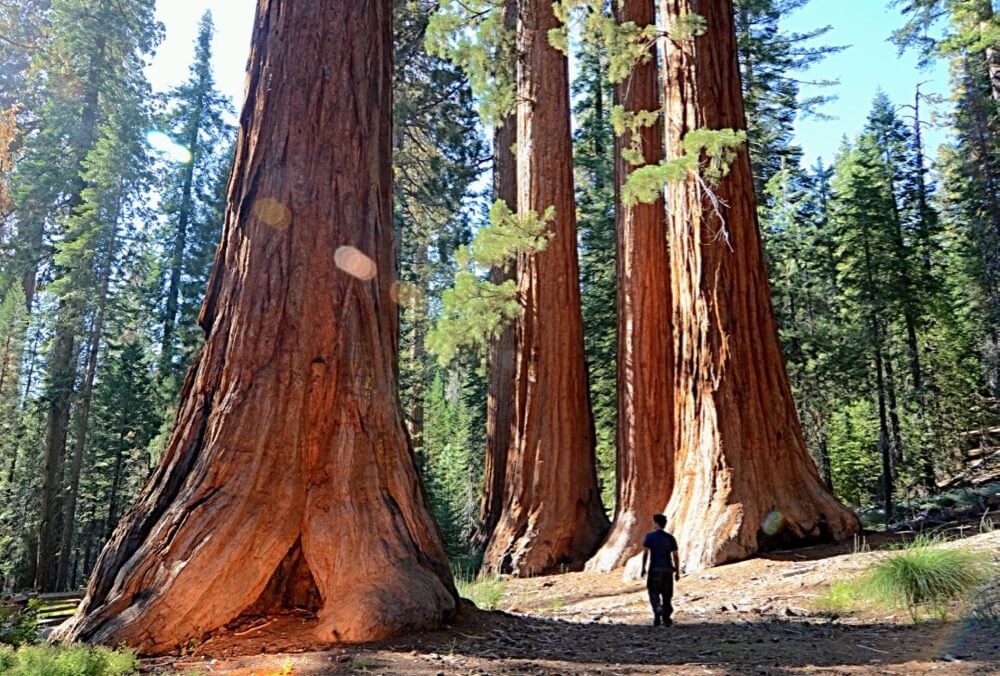
Col Ford and Natasha de Vere – Redwood wonderland

Glacier Point
Glacier Point is an overlook with vast views of Yosemite Valley, Half Dome, Yosemite Falls, and Yosemite’s high country, and is a real treat for photographers to capture a lot of what the Valley has to offer.
Nick Mealey – Bird's Eye, Yosemite from Glacier Point, Yosemite National Park.

CHeitz – Yosemite Falls, from Glacier Point
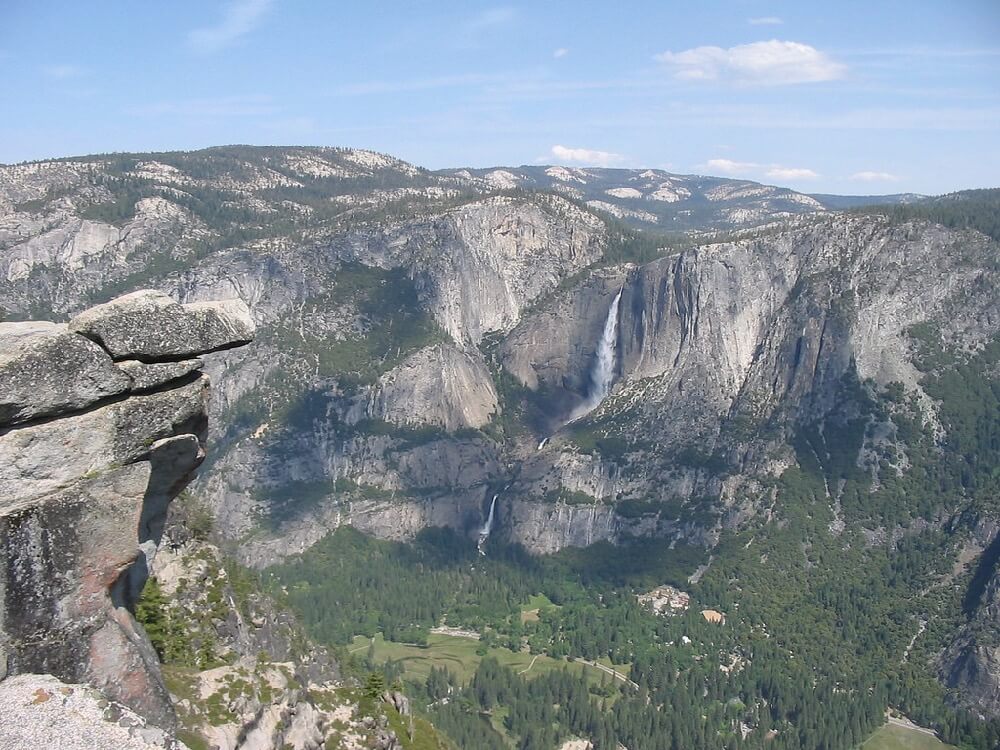
Mirror Lake
Mirror Lake is famous for its reflections of Half Dome and Mount Watkins when the water level is high enough. While it’s beautiful to visit at any time of the year, it’s best during the spring and early summer. After a fresh snowmelt, Tenaya Creek flows freely into the lake which helps the water level rise and create some gorgeous compositions for your pictures.
